With India’s lack of a unified national market as well as high inflation, Modi’s economic policy will be affected.
On the day of his landslide election as India’s new prime minister, Narendra Modi exclaimed: “I want to make the 21st century India’s century. It will take ten years, not very long.” However, as the hoopla over his stunning triumph fades, the constraints on his policy agenda are becoming clearer. This does not mean that Modi is destined to fail in advancing the country’s prospects. But the pace and scope of the transformations will be more encumbered than the supporters who liken Modi to powerful Hindu deities or publish hagiographic accounts of his childhood would care to admit. As one observer remarks: “Modi will need the powers of one of India’s multi-limbed deities to meet the expectations of investors and his nation.”
The Effects of Inflation
A major constraint that weighs on Modi is the need to break the chronically-high inflation rate. In the 2009-13 period, food inflation for industrial workers ran at an annual average of 11.6%, with general inflation at 10.4%. These levels are among the highest in the emerging markets and they are, in important measure, a function of the previous government’s profligate social welfare spending as well as significant supply bottlenecks in the agricultural sector.
High levels of persistent inflation have had several key consequences. First, they have sharply decreased the country’s pool of funds available for investment. The gross domestic savings rate declined from a high of 36.8% in 2007-08 to 30.8% in 2011-12 as households sought to preserve their wealth by purchasing real estate and gold. Second, they eroded much of the real value of the nominally-impressive gross domestic product (GDP) gains that India enjoyed over the past decade, which for a while made the country the darling of global investors.
Climbing back to these high growth rates will prove more difficult than many Indians envision, especially since much of this growth resulted from a unique development: a surge of global capital fleeing unusually low interest rates in advanced countries and pouring into the emerging markets of Asia in search of higher yields. As interest rates start to edge higher in advanced nations, capital will begin to exit India and other emerging markets. Indeed, a World Bank study earlier this year warned that a sudden rise in long-term interest rates in the US and Europe could cause capital flows to emerging markets to contract by as much as 80%.
Within India, the requirement to combat persistent inflation will necessitate tight monetary policies. On May 30, the head of the central bank affirmed his intention not to cut interest rates until inflation is tamed, an action which in turn will curtail investment levels by a corporate sector that is already carrying high levels of debt.
All of these constraints will frustrate the famously impatient Modi in the months ahead. Yet he may still be able to harness the dynamics of Indian federalism to his agenda.
Add to this the “El Nino” metrological phenomenon, which could cause a below-normal monsoon this year, leading to lower agricultural output and higher food prices. A business association in India estimates the effect could end up cutting 1.75% from the growth rate.
Goods and Services Tax
Another economic factor that is impinging on Modi’s agenda is India’s lack of a unified national market, a condition that inhibits economies of scale and depresses GDP growth. During his campaign, Modi came out in support of a nationwide goods and services tax (GST), which is India’s version of the value-added tax. If he is able to enact the GST, it would replace the fragmented system of indirect taxes the central government and the states currently levy at different stages of the supply chain. A study by the National Council for Applied Economic Research in New Delhi estimated that a comprehensive GST would increase GDP by 0.9 to 1.7%. Moreover, UBS bank believes: “The introduction of the GST is a key reform measure that could have immense macro implications for India’s growth potential.”
But the road to the GST might be littered with the same political constraints that impeded Modi’s predecessors. His smashing electoral victory means the Bharatiya Janata Party (BJP) gets to call the shots in the Lok Sabha, the lower house of parliament. But the BJP’s national rival, the Congress party, is still able to wield control in the Rajya Sabha (Council of States), parliament’s upper chamber, whose assent is also needed for important legislation.
This may not be a problem on the GST, since Congress has supported it in the past. However, the fate of other parts of Modi’s agenda will turn on whether Congress decides to play a constructive role while in opposition. The record of the BJP, while sat in the opposition benches in recent years, was largely one of tawdry partisanship. Its disruptive tactics frequently shut down legislative proceedings, derailing harmed important items on the national agenda and making the last parliament the least productive in history. The feisty Sushma Swaraj, who led the BJP caucus in the last Lok Sabha and is now the foreign minister in Modi’s new government, contributed to this state as much as anyone.
Even if the Congress party decides not to follow the BJP’s obstructionist example, Prime Minister Modi’s initiatives could still be frustrated by India’s federal system. Chief ministers, as the leaders of the states are called, have immense powers, including in the economic realm. Moreover, they are often able to impede policy action at the national level.
Two examples suffice to demonstrate this point. Mamata Banerjee, the firebrand politician who serves as West Bengal’s chief minister, has emerged in recent years as what one observer calls: “A one-woman wrecking crew of the national government’s policy initiatives.” Two years ago, she was instrumental in forcing then-Prime Minister Manmohan Singh to beat an ignominious retreat on opening up the country’s huge retail sector to foreign companies, an act that would have had a transformative economic impact if it had been allowed to go forward. She also torpedoed a water-sharing treaty, which was supposed to be the highlight of Singh’s landmark visit to Bangladesh in September 2011, as well as a proposal to create a national counterterrorism center a year later.
On the other side of the country, Modi as chief minister of Gujarat helped thwart efforts to enact the GST, which he now says he supports, and complicated a diplomatic initiative aimed at resolving the long-running dispute over Sir Creek — a 60 mile-long patch of marshland dividing Gujarat and the Pakistani province of Sindh.
Land Acquisition
Modi has promised a keen focus on reviving dozens of infrastructure projects that have been entangled, in some cases for years, in bureaucratic red tape. According to the new Global Competitiveness Report put out by the World Economic Fund, the ramshackle condition of Indian infrastructure is the most problematic factor for doing business in the country. In terms of the quality of overall infrastructure, the report ranks India 85th out of 148 countries — for reference, China is ranked 48th. Added to this, a new study by the International Monetary Fund finds that a slump in infrastructure development is an important contributor to India’s current growth slowdown.
However, in India’s federal structure, state administrations play a major role in infrastructure projects, especially in the land acquisition process but also in environmental clearances. A new survey conducted by the J.P. Morgan financial group finds that more than half of the country’s largest infrastructure projects are: “…stuck because of state-related issues. [Moreover,] 46% of these projects were stalled on account of land acquisition — the single biggest constraint — which is a state subject. And [another 9% are delayed] on account of contractual and legal issues related to individual states. So these are constraints over which the central government has no jurisdiction.” The report concludes: “Any new central government will therefore have much less leverage in debottlenecking projects than is being presumed.” A report by Credit Suisse makes the same point.
The land acquisition act passed by parliament in 2013 promises to exacerbate things further by substantially increasing project development costs. One real estate expert notes that the law will push up land prices so far that: “…many infrastructure projects might eventually be rendered unviable and the private sector — already not too interested in partnering with the government in wake of delays and regulatory complications — might be even further discouraged from considering any potential partnership with the government in [public-private partnership] projects.”
Another expert argues that, under the new law: “It is likely that land acquisition itself will end in all of urban, and most of rural, India.” This view is echoed by a senior official overseeing industrial policy in the central government, who states it is now “virtually impossible” to acquire land for major infrastructure projects.
Emulating the Modi Model
All of these constraints will frustrate the famously impatient Modi in the months ahead. Yet he may still be able to harness the dynamics of Indian federalism to his agenda. A group of five states in the northern and western parts of the country — Chattisgarh, Goa, Gujurat, Madhya Pradesh and Rajasthan — are now under BJP control. Given its strong showing in the neighboring states of Maharashtra and Haryana in the recently-concluded parliamentary contests, the party should also do well enough in the state legislative elections scheduled later this year to form the new governments in these two states. If this occurs, a “Saffron economic bloc” will emerge, in which a quarter of the Indian population is governed by administrations looking to emulate the economic model that Modi crafted when he ran the show in Gujarat.
Three points stand out in this model, which other state leaderships would do well to copy.
First, Modi made his initial mark by reforming Gujarat’s broken electricity sector. As result, it is now one of the few power-surplus states in the country and the promise of reliable electricity is a major factor for why it has become a magnet for foreign investment and industrial development.
Second, many experts believe the anarchic laws governing the Indian labor market have stifled the growth of labor-intensive manufacturing, something which should be a huge comparative advantage for the country. Under Modi, Gujarat instituted a more flexible interpretation of these laws. A new Goldman Sachs report estimates that if the rest of India did the same, the result would be the creation of some 40 million new manufacturing jobs over the next decade, and that an even more basic reform of labor regulations would lead to 110 million jobs during that period.
Third, there is a growing consensus in New Delhi on the need to amend the recently-passed land law. In the interim, however, the Saffron bloc should look to a new report commissioned by the central government, which lauded the system of land and environmental approvals in Gujarat.
The emergence of a Saffron bloc would be a powerful countervailing force vis-à-vis the other elements of the Indian system that will hem in Modi. Its success also would have a potent demonstration effect for the rest of the country.
The views expressed in this article are the author’s own and do not necessarily reflect Fair Observer’s editorial policy.
Support Fair Observer
We rely on your support for our independence, diversity and quality.
For more than 10 years, Fair Observer has been free, fair and independent. No billionaire owns us, no advertisers control us. We are a reader-supported nonprofit. Unlike many other publications, we keep our content free for readers regardless of where they live or whether they can afford to pay. We have no paywalls and no ads.
In the post-truth era of fake news, echo chambers and filter bubbles, we publish a plurality of perspectives from around the world. Anyone can publish with us, but everyone goes through a rigorous editorial process. So, you get fact-checked, well-reasoned content instead of noise.
We publish 2,500+ voices from 90+ countries. We also conduct education and training programs
on subjects ranging from digital media and journalism to writing and critical thinking. This
doesn’t come cheap. Servers, editors, trainers and web developers cost
money.
Please consider supporting us on a regular basis as a recurring donor or a
sustaining member.
Will you support FO’s journalism?
We rely on your support for our independence, diversity and quality.


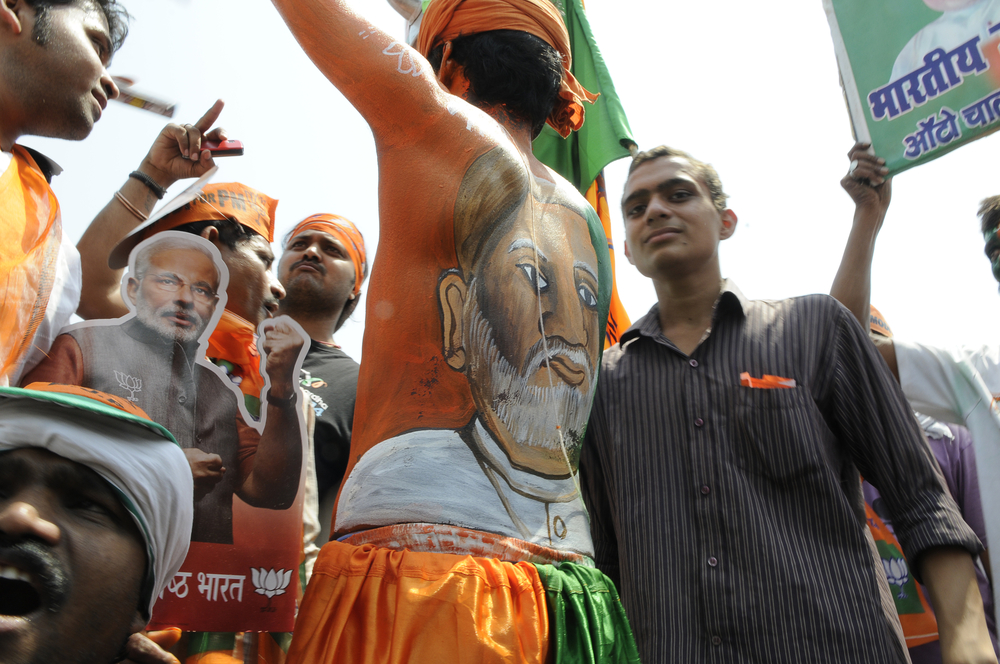


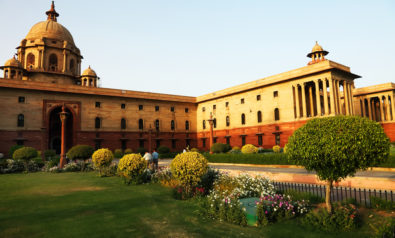
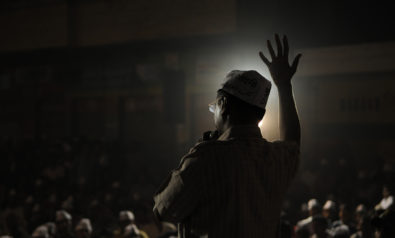
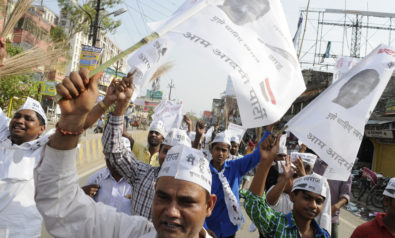
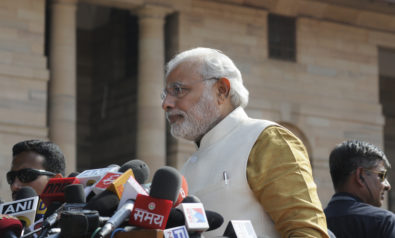
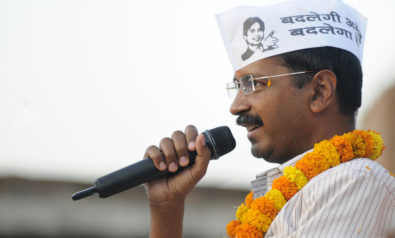
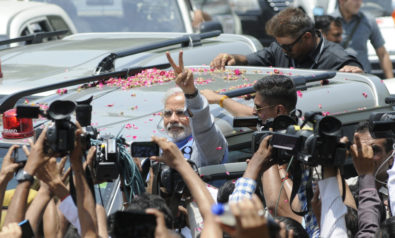
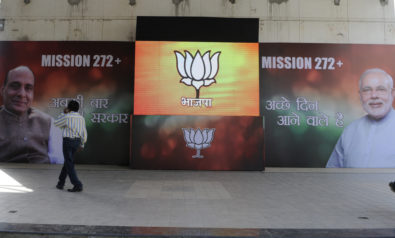
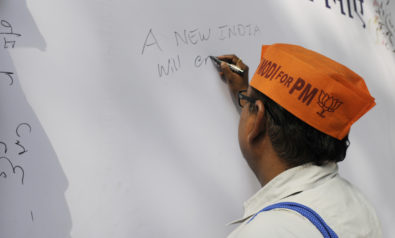
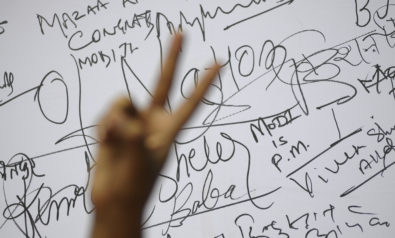

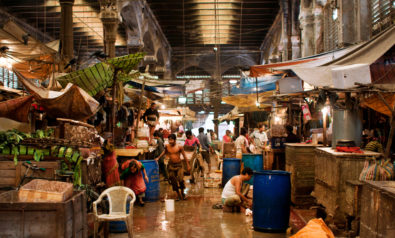

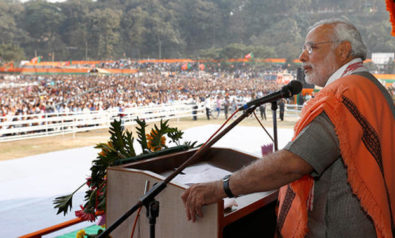
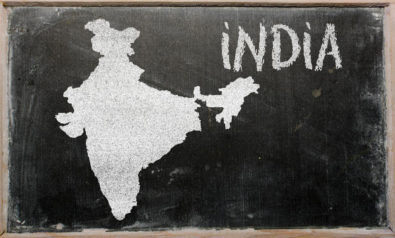
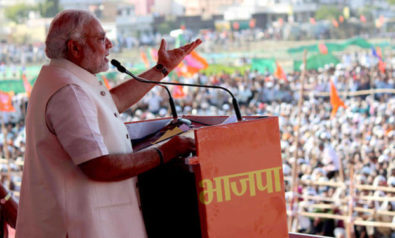

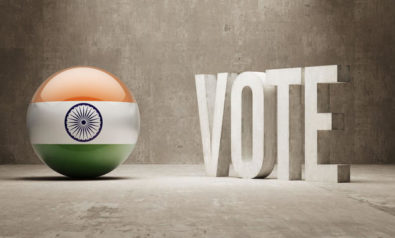

Comment
A very well written article on challenges and opportunities for Modi’s economic policies. Some of the responsible political parties such as AIDMK, BJD etc who are not alliance partner of NDA government led by Modi will support in passing those legislation in Rajya Sabha which are beneficial for state governments. Inflation is not big issue, provided economy keeps on moving at desired pace. Slow progress in opposition ruled state in inter-state infrastructure project involving BJP and allied ruled state and opposition ruled state will put opposition parties on back foot if it is caused by opposition parties ruling the state. Modi will be able to show case development in BJP ruled state and put the pressure on other states to follow good practices. It is true that more development will be visible in those states govern by BJP and its allied within two to three years time frame, and if the gap between rate of development between BJP and its allied ruled states and opposition ruled state increases, it will be disastrous for opposition parties. As there will be a number of models like Gujarat to show case for forthcoming State Assembly elections.